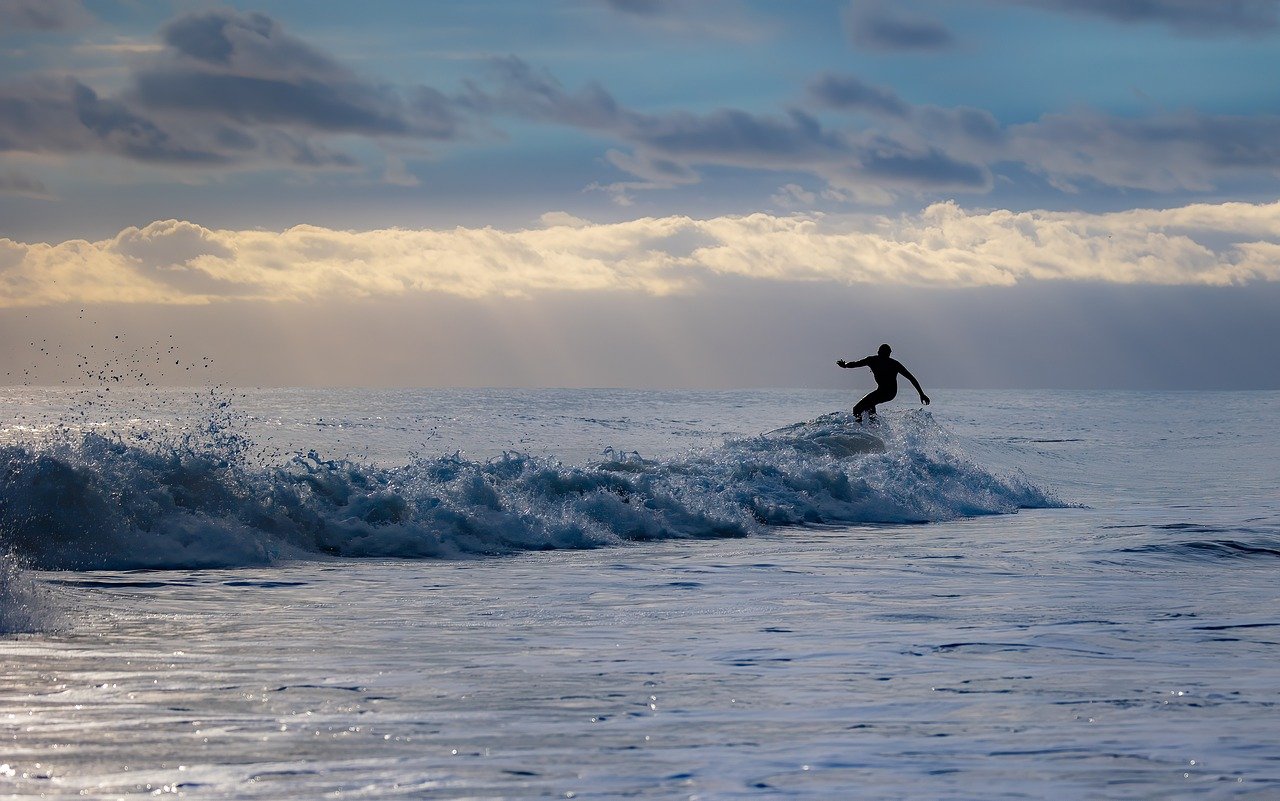Ice hockey, a fast-paced and physically demanding sport, captivates millions worldwide with its blend of skill, strategy, and sheer athleticism. From the frozen ponds of Canada to the gleaming arenas of the NHL, ice hockey embodies a unique sporting culture. This comprehensive guide explores the key aspects of this thrilling game, offering insights into its rules, equipment, playing strategies, and the enduring appeal that makes it a global phenomenon.
The Basics of Ice Hockey
Understanding the fundamental elements of ice hockey is crucial for both aspiring players and enthusiastic fans. This section breaks down the game’s essential components.
The Objective
The core objective in ice hockey is simple: score more goals than the opposing team. A goal is scored when the puck completely crosses the goal line between the goalposts and under the crossbar of the net.
The Rink
The ice hockey rink is a carefully designed playing surface that influences the game’s dynamics.
- Dimensions: NHL rinks are typically 200 feet long and 85 feet wide. International rinks can be slightly larger.
- Zones: The rink is divided into three zones:
Offensive Zone (attacking zone): The zone where the team is trying to score.
Defensive Zone: The zone where the team is defending its own net.
Neutral Zone: The area between the offensive and defensive zones.
- Face-off Circles: These circles are marked on the ice and are where face-offs occur to start play. There are nine face-off spots in total: two in each offensive zone, two in the neutral zone, and one at center ice.
- Blue Lines: These lines separate the offensive and defensive zones from the neutral zone. A player cannot enter the offensive zone before the puck, or it’s considered offsides.
The Teams
Ice hockey teams consist of six players on the ice at a time:
- Goaltender: The goalie’s primary role is to prevent the opposing team from scoring by blocking shots.
- Defensemen (2): These players focus on preventing the opposing team from entering their defensive zone and clearing the puck.
- Forwards (3): These players are responsible for scoring goals and creating offensive opportunities. They consist of a center, a left wing, and a right wing.
Game Structure
A standard ice hockey game is divided into three 20-minute periods, with intermissions in between.
- Penalties: Penalties are assessed for rule infractions, resulting in the offending player spending time in the penalty box. Common penalties include:
Minor Penalty (2 minutes): For less serious infractions like tripping, hooking, or interference.
Major Penalty (5 minutes): For more serious infractions like fighting or high-sticking.
Misconduct Penalty (10 minutes): For unsportsmanlike conduct.
Game Misconduct Penalty: Results in the player being ejected from the game.
- Power Play: When a team has a player in the penalty box, the opposing team has a power play, giving them a one-player advantage.
- Shorthanded: When a team has a player in the penalty box, they are considered shorthanded.
- Overtime: If the score is tied at the end of regulation time, an overtime period is played. The rules for overtime can vary by league. In the NHL regular season, it is a 5-minute, 3-on-3 sudden-death overtime. In the NHL playoffs, it’s a 20-minute sudden-death overtime period played with 5-on-5 hockey.
- Shootout: If overtime does not result in a winner (in regular season NHL games), a shootout occurs, where players from each team take penalty shots to determine the winner.
Essential Ice Hockey Equipment
Proper equipment is crucial for both safety and performance in ice hockey. Each piece serves a specific purpose to protect players from injury.
Skates
Hockey skates are specially designed for speed and agility on the ice.
- Construction: Made with a hard outer shell for support and protection, and a blade designed for gliding and sharp turns.
- Fit: Proper fit is essential. Skates should be snug but not too tight, allowing for ankle support and flexibility.
Protective Gear
Ice hockey involves a high level of physical contact, necessitating comprehensive protective gear.
- Helmet: Protects the head from impacts. Mandatory in most leagues. Look for helmets certified by organizations like HECC and CSA.
- Shoulder Pads: Provide protection for the shoulders, chest, and upper back.
- Elbow Pads: Protect the elbow joint from impacts and falls.
- Gloves: Padded gloves protect the hands and wrists.
- Pants: Padded pants protect the hips, thighs, and tailbone.
- Shin Guards: Protect the shins from pucks and collisions.
- Mouthguard: Protects the teeth and jaw. Highly recommended.
- Neck Guard: Offers additional protection for the neck.
Stick
The hockey stick is a player’s primary tool for handling the puck.
- Material: Sticks are commonly made from wood, composite materials, or a combination of both. Composite sticks are lighter and offer better performance.
- Length and Flex: The correct stick length and flex are crucial for optimal performance. Players should choose a stick length that reaches their nose while standing in skates. The “flex” refers to how much the stick bends when force is applied. Lower flex numbers are for weaker players, while higher flex numbers are for stronger players.
- Blade: The curve and lie of the blade influence puck control and shot accuracy.
Puck
The puck is the hard rubber disc used in ice hockey.
- Dimensions: It’s 3 inches in diameter and 1 inch thick, weighing between 5.5 and 6 ounces.
- Material: Made of vulcanized rubber.
Fundamental Skills in Ice Hockey
Mastering fundamental skills is essential for any aspiring ice hockey player. These skills form the foundation for advanced techniques and game strategies.
Skating
Skating is the most crucial skill in ice hockey.
- Forward Skating: Maintaining balance, generating speed, and efficient stride technique are key.
Example: Practice pushing off with one skate and gliding on the other, focusing on extending the leg fully.
- Backward Skating: Used for defensive positioning and quick transitions.
Example: Practice the C-cut motion to generate power and maintain balance while skating backward.
- Transitions: Moving seamlessly between forward and backward skating.
- Crossovers: Used for turning and gaining speed.
Example: Practice inside and outside edge control while performing crossovers in both directions.
- Agility: Quick starts, stops, and changes of direction are essential.
Stickhandling
Stickhandling involves controlling the puck with the stick.
- Puck Control: Keeping the puck close to the body and maintaining control while moving.
Example: Practice cradling the puck with the blade, using soft hands to absorb vibrations and maintain control.
- Deking: Using stickhandling moves to evade defenders.
Example: Practice faking a shot or pass to deceive the defender and create space.
- Passing: Accurately passing the puck to teammates.
Example: Practice forehand and backhand passes, focusing on accuracy and timing.
- Receiving Passes: Softening the blade to absorb the pass and maintain control.
Shooting
Shooting involves propelling the puck towards the net to score a goal.
- Slap Shot: A powerful shot taken with a full swing of the stick.
Example: Practice transferring weight from the back foot to the front foot while swinging the stick and contacting the puck.
- Wrist Shot: A quicker and more accurate shot taken with a flick of the wrist.
Example: Practice cupping the puck on the blade and releasing it with a quick wrist motion.
- Snap Shot: A quick shot taken with a short, snapping motion.
- Backhand Shot: A shot taken on the backhand side of the stick.
Example: Practice shooting off the back foot while angling the puck toward the net.
- Accuracy: Aiming for specific targets in the net.
Checking
Checking is a defensive tactic used to separate an opponent from the puck.
- Body Checking: Legally using body contact to separate an opponent from the puck.
Note: Body checking is not allowed in all levels of ice hockey.
- Stick Checking: Using the stick to disrupt an opponent’s puck control.
- Safe Checking Techniques: Emphasizing proper technique to avoid injuries.
Strategies and Tactics
Ice hockey is a game of strategy and teamwork. Understanding key strategies and tactics is essential for success.
Offensive Strategies
Offensive strategies focus on creating scoring opportunities.
- Passing Plays: Using quick, accurate passes to move the puck around the offensive zone.
- Forechecking: Applying pressure to the opposing team in their defensive zone to force turnovers.
- Breakouts: Quickly transitioning from defense to offense.
- Power Play Formations: Strategies for maximizing opportunities during a power play. The 1-3-1 formation is a popular choice.
- Creating Traffic: Positioning players in front of the net to screen the goalie and create rebounds.
Defensive Strategies
Defensive strategies focus on preventing the opposing team from scoring.
- Defensive Zone Coverage: Protecting the net and preventing scoring chances.
Example: Implementing a zone defense where players are responsible for covering specific areas of the defensive zone.
- Backchecking: Forwards skating back to help the defense prevent scoring chances.
- Penalty Killing: Strategies for minimizing damage while shorthanded. A common tactic is the “box” formation, where four players form a box in front of the net to block passing lanes.
- Neutral Zone Trap: A defensive system designed to slow down the opposing team’s attack.
Special Teams
Special teams refer to units used during power plays and penalty kills.
- Power Play Units: Skilled players who can create scoring opportunities with the man advantage.
- Penalty Kill Units: Players who excel at blocking shots, clearing the puck, and disrupting the opposing team’s power play.
- Face-off Strategies: Winning face-offs to gain possession of the puck.
Conclusion
Ice hockey stands as a testament to the power of teamwork, skill, and strategic thinking. Whether you’re a seasoned player, a dedicated fan, or simply curious about the sport, understanding its nuances enhances your appreciation for the game. From mastering the fundamental skills to grasping the complex strategies, ice hockey offers a world of excitement and challenges. So, lace up your skates, grab a stick, and experience the thrill of ice hockey!



